VSCL Alumni Blake Krpec, Dr. John Valasek, and Dr. Stephen Nogar with the DEVCOM Army Research Lab published the paper “Vision-based Marker-less Landing of a UAS on Moving Ground Vehicle” in Journal of Aerospace Information Systems.

 Current autonomous unmanned aerial systems (UAS) commonly use vision-based landing solutions that depend upon fiducial markers to localize a static or mobile landing target relative to the UAS. This paper develops and demonstrates an alternative method to fiducial markers with a combination of neural network-based object detection and camera intrinsic properties to localize an unmanned ground vehicle (UGV) and enable autonomous landing. Implementing this visual approach is challenging given the limited compute power on board the UAS, but is relevant for autonomous landings on targets for which affixing a fiducial marker a priori is not possible, or not practical. The position estimate of the UGV is used to formulate a landing trajectory that is then input to the flight controller. Algorithms are tailored towards low size, weight, and power constraints as all compute and sensing components weigh less than 100 g. Landings were successfully demonstrated in both simulation and experimentally on a UGV traveling in both a straight line and while turning. Simulation landings were successful at UGV speeds of up to 3.0 m/s, and experimental landings at speeds up to 1.0 m/s.
Current autonomous unmanned aerial systems (UAS) commonly use vision-based landing solutions that depend upon fiducial markers to localize a static or mobile landing target relative to the UAS. This paper develops and demonstrates an alternative method to fiducial markers with a combination of neural network-based object detection and camera intrinsic properties to localize an unmanned ground vehicle (UGV) and enable autonomous landing. Implementing this visual approach is challenging given the limited compute power on board the UAS, but is relevant for autonomous landings on targets for which affixing a fiducial marker a priori is not possible, or not practical. The position estimate of the UGV is used to formulate a landing trajectory that is then input to the flight controller. Algorithms are tailored towards low size, weight, and power constraints as all compute and sensing components weigh less than 100 g. Landings were successfully demonstrated in both simulation and experimentally on a UGV traveling in both a straight line and while turning. Simulation landings were successful at UGV speeds of up to 3.0 m/s, and experimental landings at speeds up to 1.0 m/s.

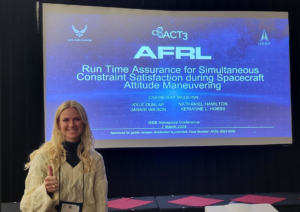
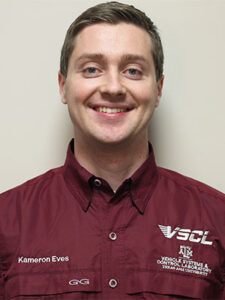
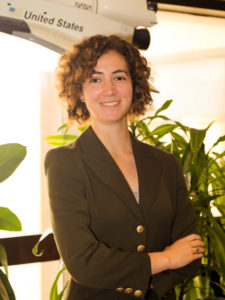

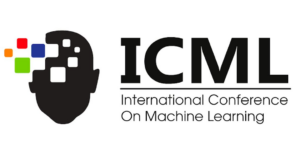
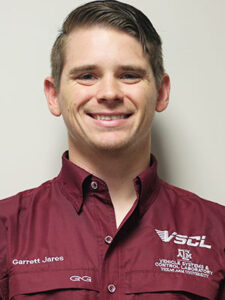
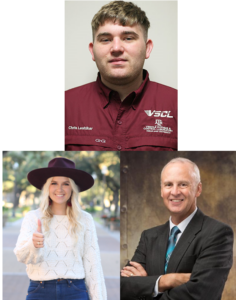 This paper presents a summary of system identification flight testing and results for a variety of large and small fixed-wing and multirotor Unmanned Air Systems at Texas A&M University from 1999-2023. The six different types of vehicles range from a large powered-parafoil, to a fixed-wing vehicle with synthetic jet actuated roll control effectors, to a radially asymmetric multirotor, to large and small fixed-wing vehicles, and a Steppe eagle. The Observer/Kalman Filter Identification algorithm is used to generate linear time invariant state-space models, and results for both near real-time online model generation, and post-flight offline model generation are presented. The use and efficacy of a variety of test input types and their sensitivity to exogenous inputs such as turbulence, in addition to identified model evaluation and selection criteria are discussed. Several generations of low size, weight, power, and cost flight test instrumentation including the Developmental Flight Test Instrumentation data acquisition package are also presented. Challenges that arose from the flight testing campaigns along with solutions are highlighted in the paper.
This paper presents a summary of system identification flight testing and results for a variety of large and small fixed-wing and multirotor Unmanned Air Systems at Texas A&M University from 1999-2023. The six different types of vehicles range from a large powered-parafoil, to a fixed-wing vehicle with synthetic jet actuated roll control effectors, to a radially asymmetric multirotor, to large and small fixed-wing vehicles, and a Steppe eagle. The Observer/Kalman Filter Identification algorithm is used to generate linear time invariant state-space models, and results for both near real-time online model generation, and post-flight offline model generation are presented. The use and efficacy of a variety of test input types and their sensitivity to exogenous inputs such as turbulence, in addition to identified model evaluation and selection criteria are discussed. Several generations of low size, weight, power, and cost flight test instrumentation including the Developmental Flight Test Instrumentation data acquisition package are also presented. Challenges that arose from the flight testing campaigns along with solutions are highlighted in the paper.